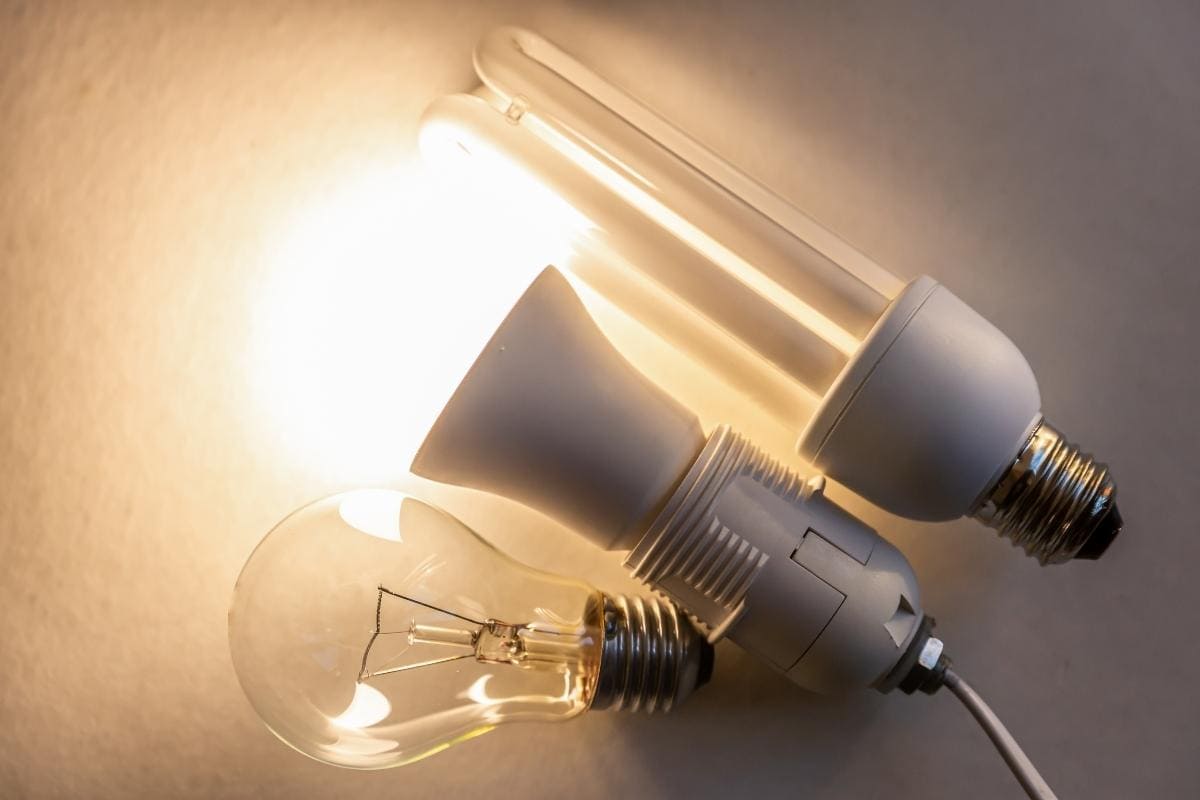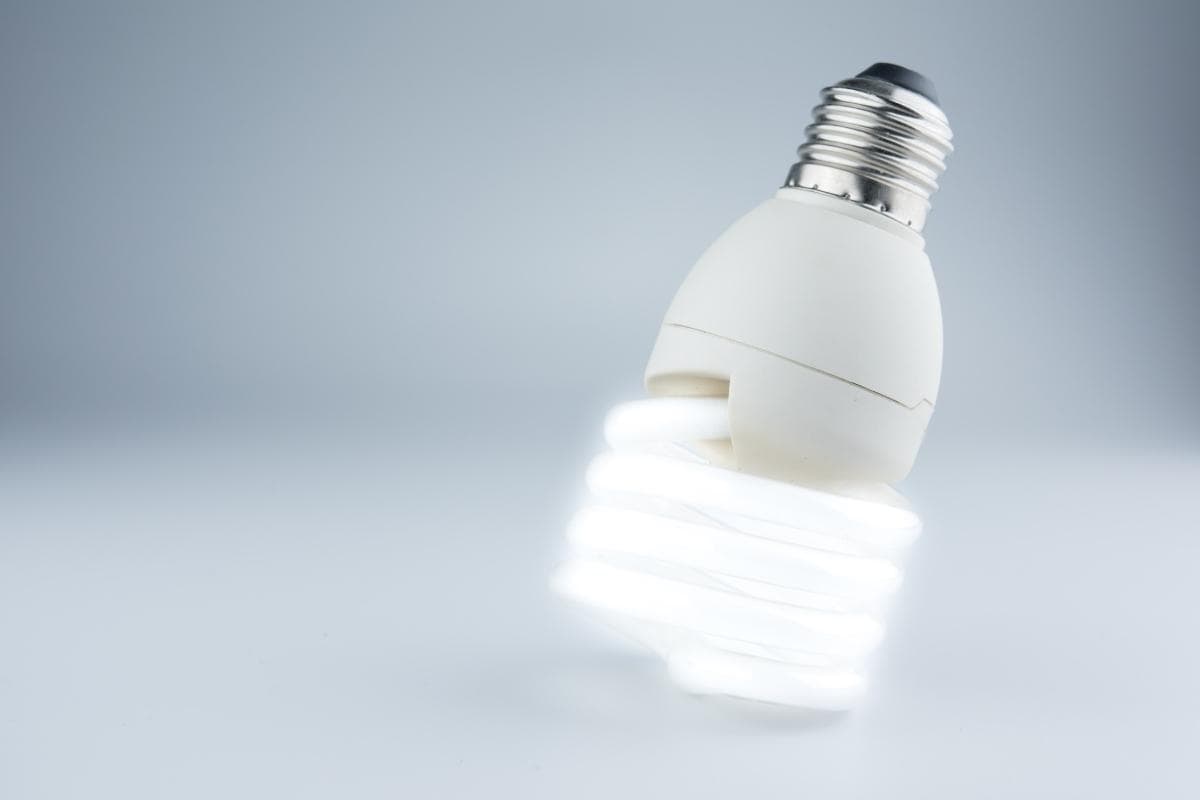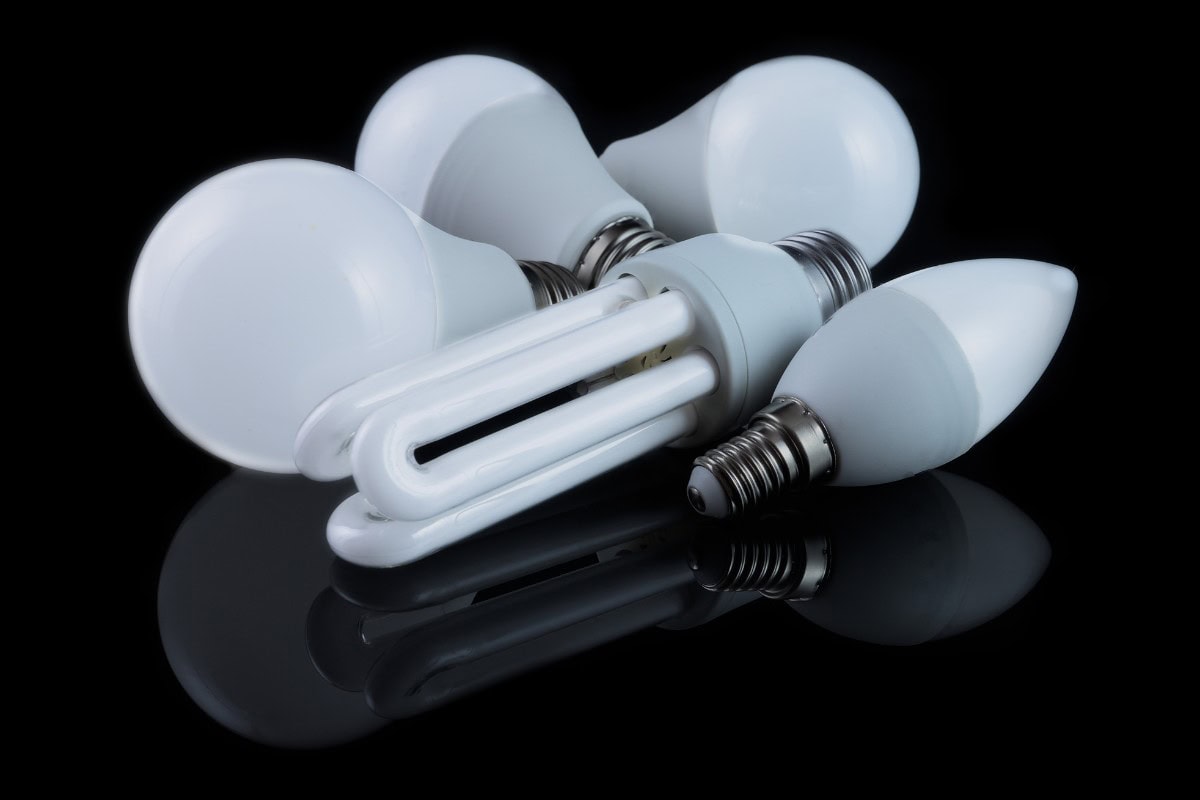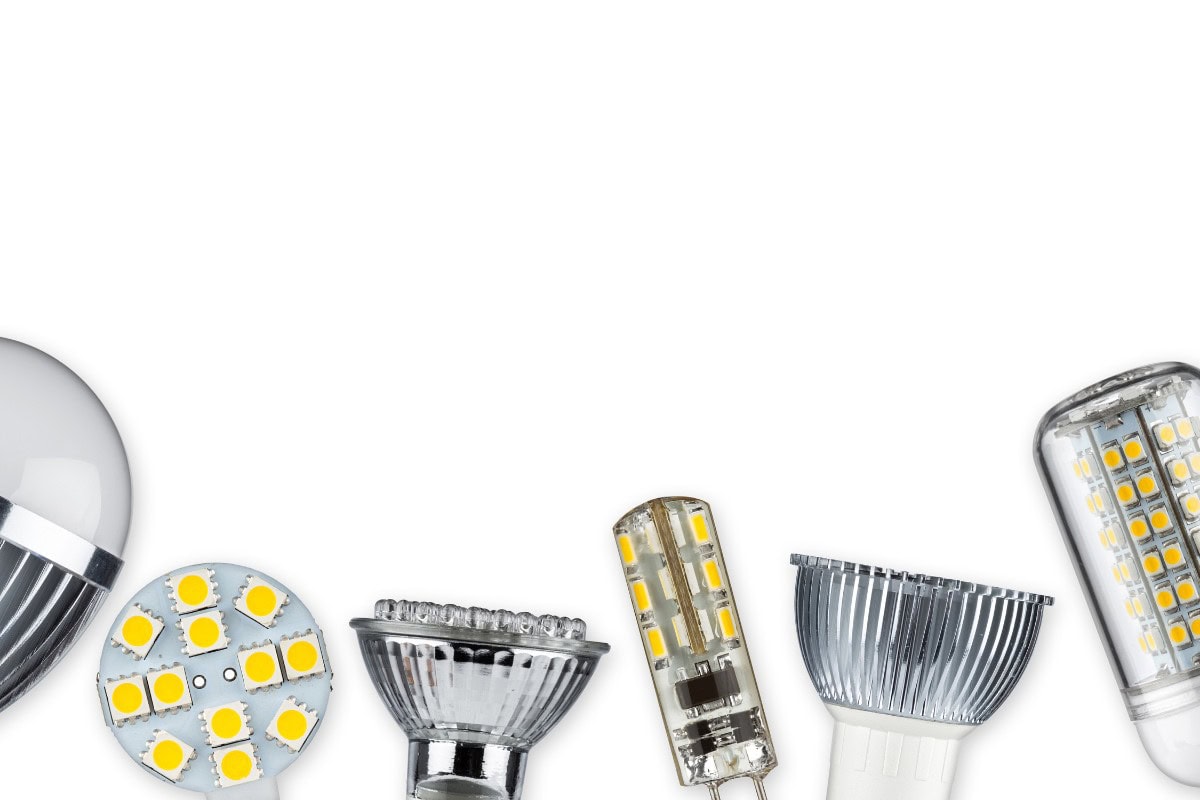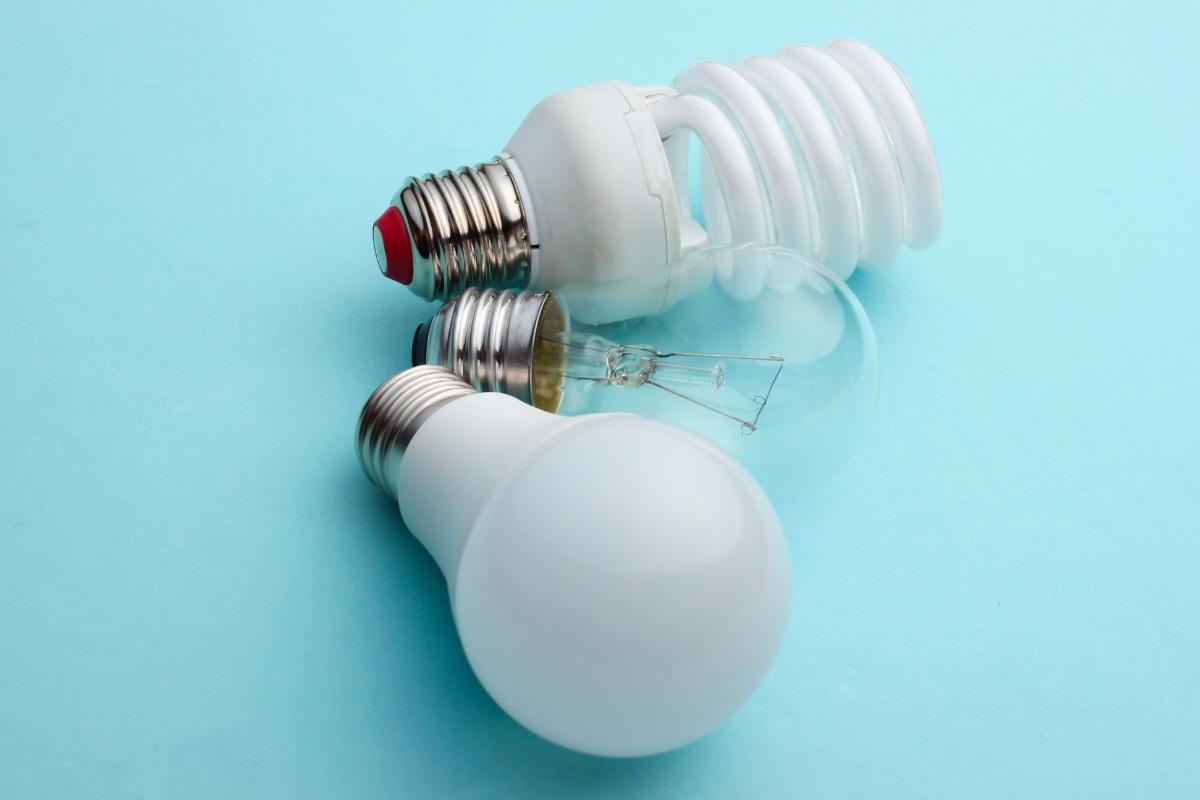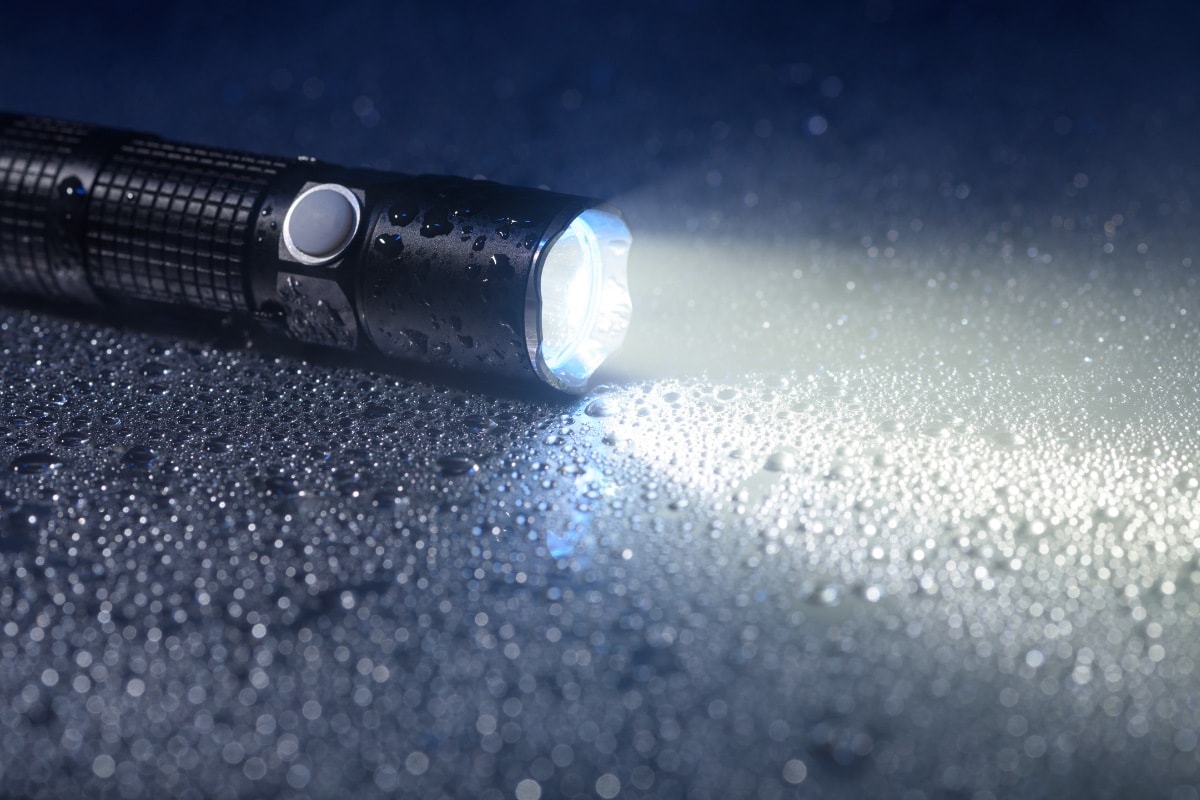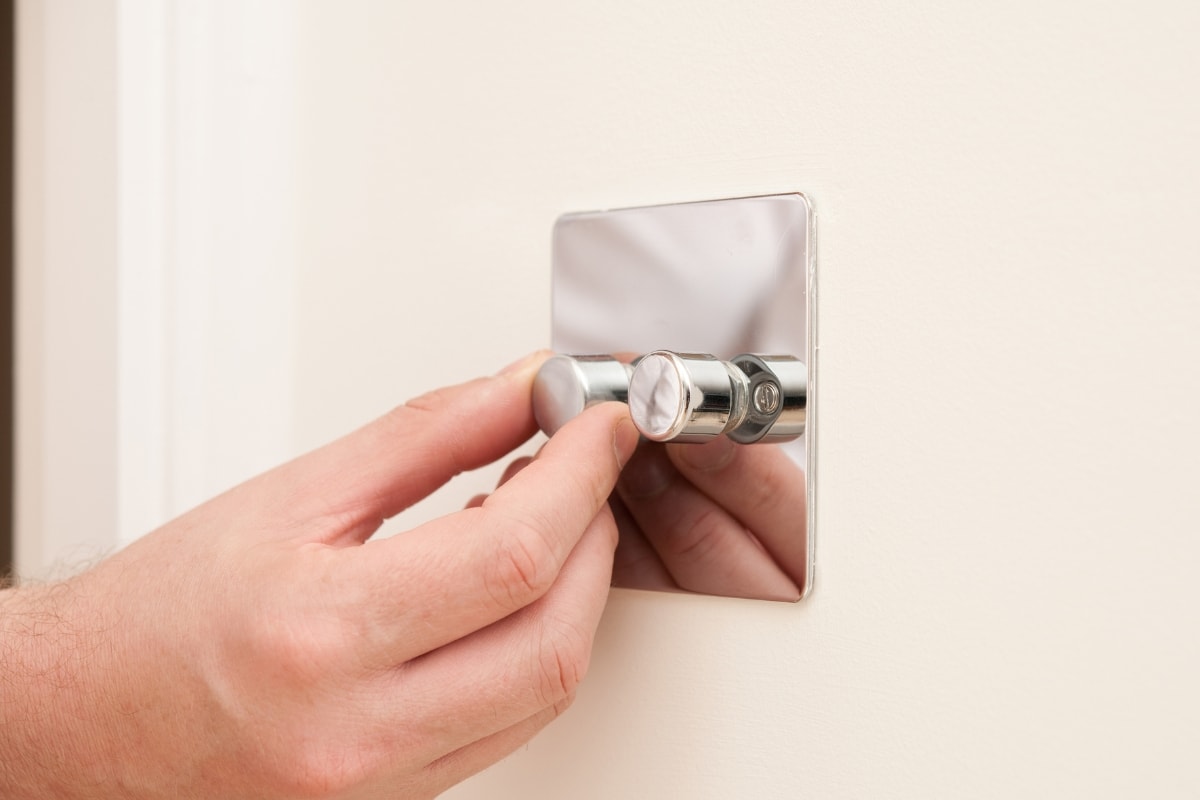For decades, we have been used to selecting light bulbs by wattage when there were only incandescent bulbs on the market. It’s very straightforward – the more wattage, the brighter the bulb is. But with modern, energy-efficient CFL and LED bulbs becoming increasingly popular, shopping for bulbs only focusing on wattage no longer works. Energy-efficient bulbs can produce more light using less power. To choose the brightness of the bulb we want or replace an incandescent bulb with an LED one, we need to look at lumens now.
In this article, we will explain what lumens are, why use lumens over watts, and how to easily select the right bulbs using the lumens to watts conversion chart.
What Are Watts
Watts measure the power consumption of the light bulb. The higher watts the bulb is, the more power it consumes. Of course, you need to pay more for the electric bills. Watts is a measure of power and in no way related to brightness.
In the old days, incandescent bulbs are the primary consumer light source on the market. They all work similarly by letting electricity enter and heat up the tungsten filament to produce light. The technologies and materials are all very similar between each bulb, so most of the bulbs have the same energy efficiency, which means they produce the same amount of light using the same amount of power.

So, it’s very reasonable to associate watts with brightness at that time. A 100W incandescent bulb is clearly brighter than a 40W incandescent bulb. But this only works when comparing brightness between the same type of bulb. With LED and CFL bulbs being invented, which produce light in a different and more efficient way, simply indicating watts to brightness is not accurate anymore. For example, a 15W LED can output the same brightness as a 100W incandescent bulb.
What Are Lumens
Lumens measure the total visible light a bulb outputs, or simply put, the brightness of the light bulb. The higher lumens, the brighter and more light the bulb outputs. The fewer lumens, the dimmer and less light the bulb outputs.
Lumens are the most accurate way you should look for when choosing the brightness of the bulb. Any light bulbs with the same lumens have the same brightness and light output. An 800 lumens incandescent, halogen, CFL or LED bulb should all look the same in brightness. Also, it’s easy to find out about the lumens of the bulb because it is included in the lighting facts label, required by FTC.
What Is Luminous Efficacy
Luminous efficacy is a measure of how well a light bulb emits visible light at a given power. It is the ratio of luminous flux to power, measured in lumens per watt(lm/W). Higher luminous efficacy means the light bulb is more energy efficient as more light is produced using less power. With luminous efficacy or lumens per watt, we can convert lumens to watts or watts to lumens and compare bulbs of different types.
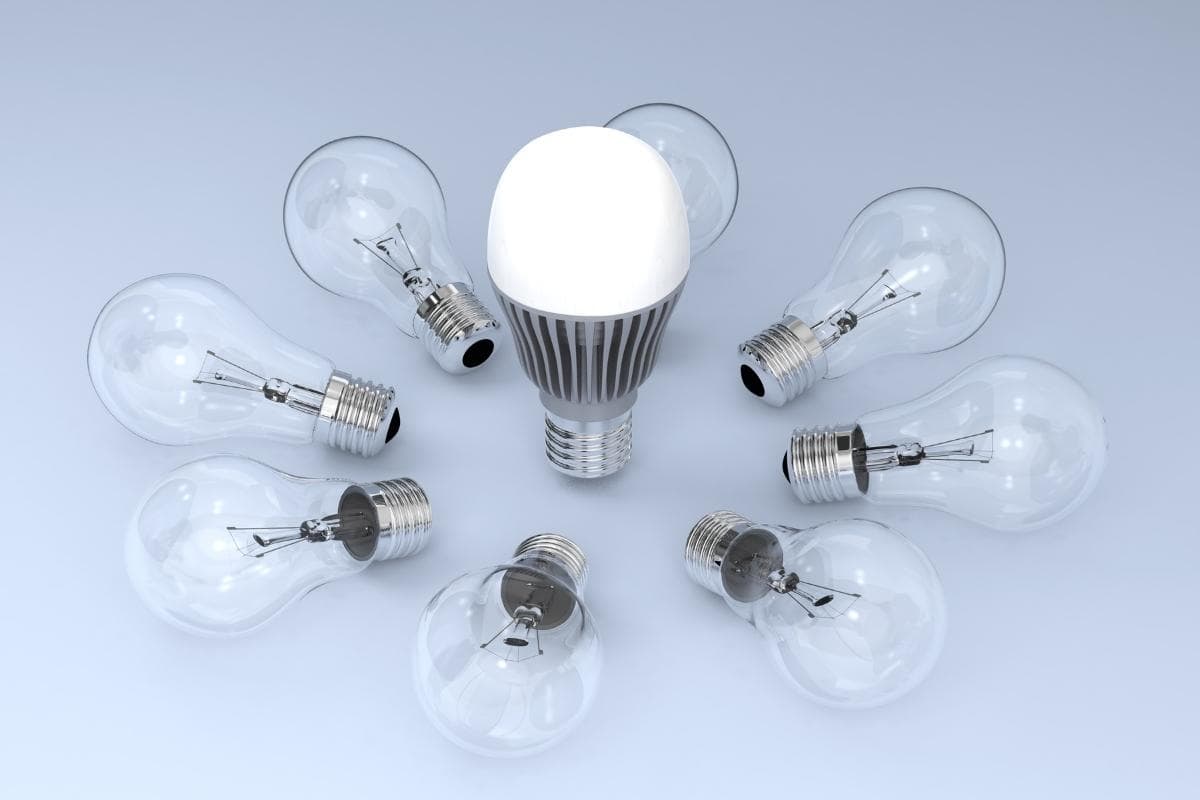
Traditional incandescent and halogen bulbs waste a large amount of energy as heat, so they have low luminous efficacy. Modern CFL and LED bulbs generate light in a more efficient way, directly from electricity to light, with high luminous efficacy. It’s recommended to choose a bulb with high luminous efficacy, or high lumens low watts, to save more energy and lower your electricity bills.
Luminous Efficacy Comparison Chart
| Light Source | Luminous Efficacy(lm/W) |
|---|---|
| Incandescent | 10 – 17 |
| Halogen | 15 – 20 |
| CFL | 50 – 70 |
| LED | 80 – 150 |
A rough 7:1 ratio is commonly used to quickly convert the equivalent wattage from incandescent to LED bulb.
Lumens to Watts Conversion
The lumens to watts conversion chart can help you easily convert lumens to watts or watts to lumens and compare equivalent wattage between incandescent, halogen, CFL, and LED bulbs when replacing bulbs without affecting the existing brightness.
We’ve researched hundreds of bulbs currently sold on amazon to ensure the table is accurate and up to date. The actual watts or lumens may vary by product.
Lumens to Watts Conversion Chart
| Lumens(lm) | Incandescent(W) | Halogen(W) | CFL(W) | LED(W) |
|---|---|---|---|---|
| 450 | 40 | 29 – 35 | 7 – 11 | 3 – 5.5 |
| 800 | 60 | 50 – 53 | 13 – 15 | 8 – 12 |
| 1100 | 75 | 60 – 75 | 18 – 26 | 9 – 15 |
| 1600 | 100 | 80 – 100 | 23 – 28 | 12 – 17 |
| 2600 | 150 | 150 | 40 – 42 | 19 – 24 |
Light bulb manufacturers may also specify the equivalent standard wattage on the package for users to quickly select incandescent replacement bulbs. “100W Equivalent” or “100W Replacement” means the LED or CFL bulb has the same or similar lumens as a standard 100W incandescent bulb.

